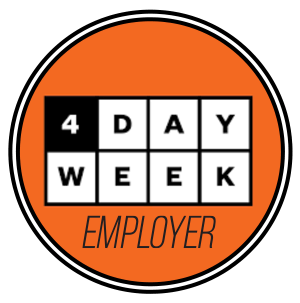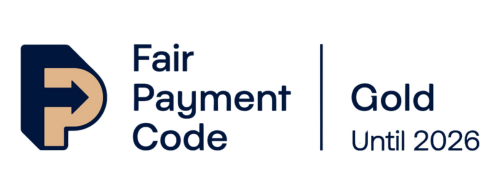Translation Agency Tips: #16 Refresh and update your neglected CV!

I regularly meet talented and interesting translators and people who want to get into (more) freelance translation, and they ask for my advice. After running Atlas for 25 years, and looking at 1,000s of CVs, it’s still the first thing many clients will look at so needs to be:
Perfect (no spelling errors) and beautifully laid out – easy to read and pick out key points
Clear and to the point (only 2 pages max please)
Professional – look like the translator/interpreter you are – Promote yourself!
What I find over and over again, is that translators and interpreters do not present themselves well on paper. CVs are out of date, poorly put together and unloved. Your CV is such an important document – so you do need to invest time and effort to make sure it shines.
The name of your CV document
Good : Clare_Suttie English to French translator 2012.doc
Bad : CS CV vers 4.doc
Even worse: CV.doc
Have a header
…which will appear at the top of each page (2 pages maximum is best)
Example: Clare Suttie, English to French Translator, BA, MA, Dip Trans, MITI
With these simple steps you are telling the reader who you are and what you do very quickly – before they have even opened or read your CV!
General layout
This should be simple and clear, easy to follow and easy to read. Not a tiny font. Not text-heavy with long sentences and paragraphs. Bullet points will help, but don’t go crazy and bullet point your life!
As a freelancer you should be aiming to update your CV on a regular basis, at least annually – so use a format that is easy to maintain. Use colour sparingly and seek honest opinion if you are experimenting with design.
Photo?
The jury’s out on this one! I think no photo. However in some countries it is expected.
Contact details
Choose whether to include your full postal address or not. Personally I’d usually recommend including it, as it can give you a common interest with the reader if they know the area. You do need to include phone number, email address(es). Make sure your email address is professional. If it’s one you set up as a bit of a joke, then set up a new one for work!
Good email address: ClaresuttieFrenchtranslator@gmail.com
Bad email address: sexylady@hotmail.com
Add in Skype, Twitter, Blogs etc as long as these are in keeping with your professional image. Also include any professional memberships here (they may also be in your header, no harm in mentioning them again briefly for emphasis).
Software
This may not be a large section, but I believe it’s worth including – clearly any employer will be expecting you to be able to use email and Word, but add in other programs such as PowerPoint and any CAT tools you may have used. Note that you do need to be a confident user of any CAT tool you mention – some agencies will provide licenses for projects, so even if you don’t currently have the software, it is worth mentioning.
Professional Experience next. So many people hide away amazing experiences on a second or even third page. A few pointers if you’re quite new to the world of freelancing. If you have done voluntary translation work, you may decide not to include the words “free” or “voluntary”. You did the work and gained the experience, regardless of whether you were paid for it – and it is a great way of gaining experience, particularly to the benefit of a charitable organisation.
Experience to date
Many of our translators and interpreters have fascinating backgrounds before they fell into the freelance life. For your second page, I would include this. It’s part of who you are, and has contributed to your skills.
Other Experience
Add in any relevant details here. You can decide how many of your previous lives to include. It’s probably time to ditch your teenage years as a babysitter, and your school work experience!
Education
Add your educational achievements.
Recent Training and CPD
Any successful translator or interpreter will tell you that in these professions, you need to keep yourself up to date – and that means CPD. There is a lot out there at no or low cost, so there’s no excuse not to join in. Having this section and updating it shows your clients that you are a real professional. You don’t even have to leave home to keep up with CPD – you can do online seminars and courses.
References
These may be “upon request”, but they should be included. And if you add details, please make sure that your referees are happy to give references – it is a courtesy to let people know if they may get a call or email. If they are forewarned, they are much more likely to respond. It sounds obvious, but we do contact referees and sometimes they are not prepared to provide a reference for an applicant, which is embarrassing for all parties and doesn’t reflect well on you and your CV!














